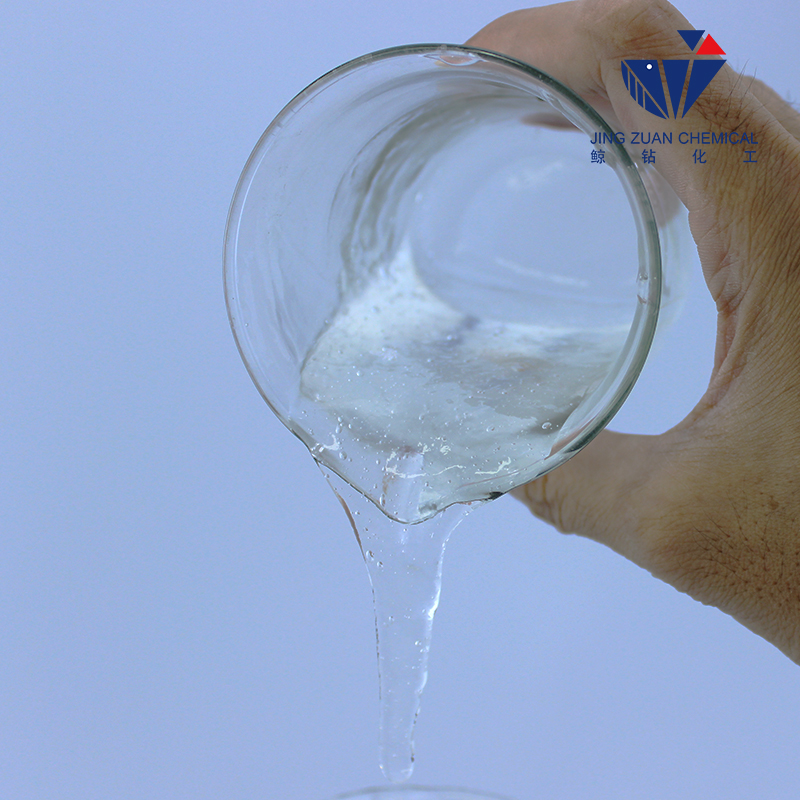
Oct . 11, 2024 19:50 Back to list
hydroxypropyl methylcellulose
Understanding Hydroxypropyl Methylcellulose Properties, Applications, and Benefits
Hydroxypropyl methylcellulose (HPMC) is a versatile and widely utilized polymer derived from cellulose, which is a natural polymer obtained from plant cell walls. Its unique properties make it a key ingredient in various industries, ranging from pharmaceuticals to food production and construction. This article explores the characteristics, applications, and benefits of HPMC, highlighting its significance in modern manufacturing processes and consumer products.
Properties of Hydroxypropyl Methylcellulose
HPMC is a white, odorless, and tasteless powder that is soluble in cold water but not in organic solvents. The chemical structure of HPMC consists of hydroxypropyl and methyl groups attached to the cellulose backbone, which contributes to its functional properties. With a variety of molecular weights and degrees of substitution, HPMC can exhibit different characteristics, such as viscosity and solubility, making it adaptable for specific applications.
One of the standout features of HPMC is its rheological properties, which enable it to function as a thickener, emulsifier, and stabilizer. This makes it invaluable in creating consistent textures in formulations. Additionally, HPMC is non-toxic and biodegradable, offering an environmentally friendly alternative to synthetic polymers.
Applications of Hydroxypropyl Methylcellulose
1. Pharmaceutical Industry HPMC is extensively used as a binder and controlled-release agent in tablet formulations. Its ability to form gels and provide sustained release of active ingredients makes it ideal for developing time-release medications. It is also used in ophthalmic applications as a lubricant in eye drops, helping to alleviate dryness and irritation.
2. Food Industry In the food sector, HPMC serves as a thickening and stabilizing agent in various products, including sauces, dressings, and ice creams. It enhances the textural properties of these foods by improving mouthfeel and viscosity without adding calories. Additionally, HPMC is utilized in gluten-free baking, providing structure and moisture retention in dough.
hydroxypropyl methylcellulose

3. Construction HPMC is a crucial component in the production of cement-based materials, such as mortars and tile adhesives. It improves workability, adhesion, and water retention, making it easier to apply and ensuring better performance over time. The use of HPMC in construction materials also contributes to improved durability and resistance to weathering.
4. Cosmetics and Personal Care In cosmetics, HPMC is used as a thickener, stabilizer, and film-forming agent. It contributes to the viscosity of creams and lotions, ensuring a smooth application. Its film-forming properties help in creating long-lasting effects in products like mascaras and hair gels.
Benefits of Hydroxypropyl Methylcellulose
The use of HPMC offers several advantages across different applications. Its ability to enhance texture and stability is a significant benefit in both food and pharmaceutical products, leading to improved consumer satisfaction. HPMC's non-toxic nature makes it safe for use in food and personal care items, appealing to health-conscious consumers.
Moreover, HPMC's biodegradable characteristic aligns with the growing demand for sustainable materials, making it an attractive option for environmentally friendly products. As industries continue to seek innovative solutions that align with eco-conscious values, HPMC is poised to play a pivotal role.
Conclusion
Hydroxypropyl methylcellulose is a multifunctional polymer that has become integral to various industries due to its beneficial properties. From pharmaceuticals to food, construction, and cosmetics, HPMC enhances product performance and consumer experience. Its safety and environmental advantages further solidify its position as a vital ingredient in modern formulations. As research expands and technology advances, the potential applications for HPMC are likely to grow, leading to new and exciting developments across multiple sectors.
-
Unlocking the Benefits of HPMC Products: A Gateway to Versatile Applications
NewsAug.07,2025
-
Unleashing the Potential of HPMC Ashland: A Comprehensive Look
NewsAug.07,2025
-
Tile Bonding Cellulose: The Key to Superior Adhesion and Durability
NewsAug.07,2025
-
Hydroxypropyl Methylcellulose Powder: The Versatile Component in Modern Pharmaceuticals
NewsAug.07,2025
-
Hydroxyethyl Cellulose: The Versatile Solution for Various Industries
NewsAug.07,2025
-
Hydroxyethyl Cellulose (HEC): The Versatile Polymer for Various Applications
NewsAug.07,2025







